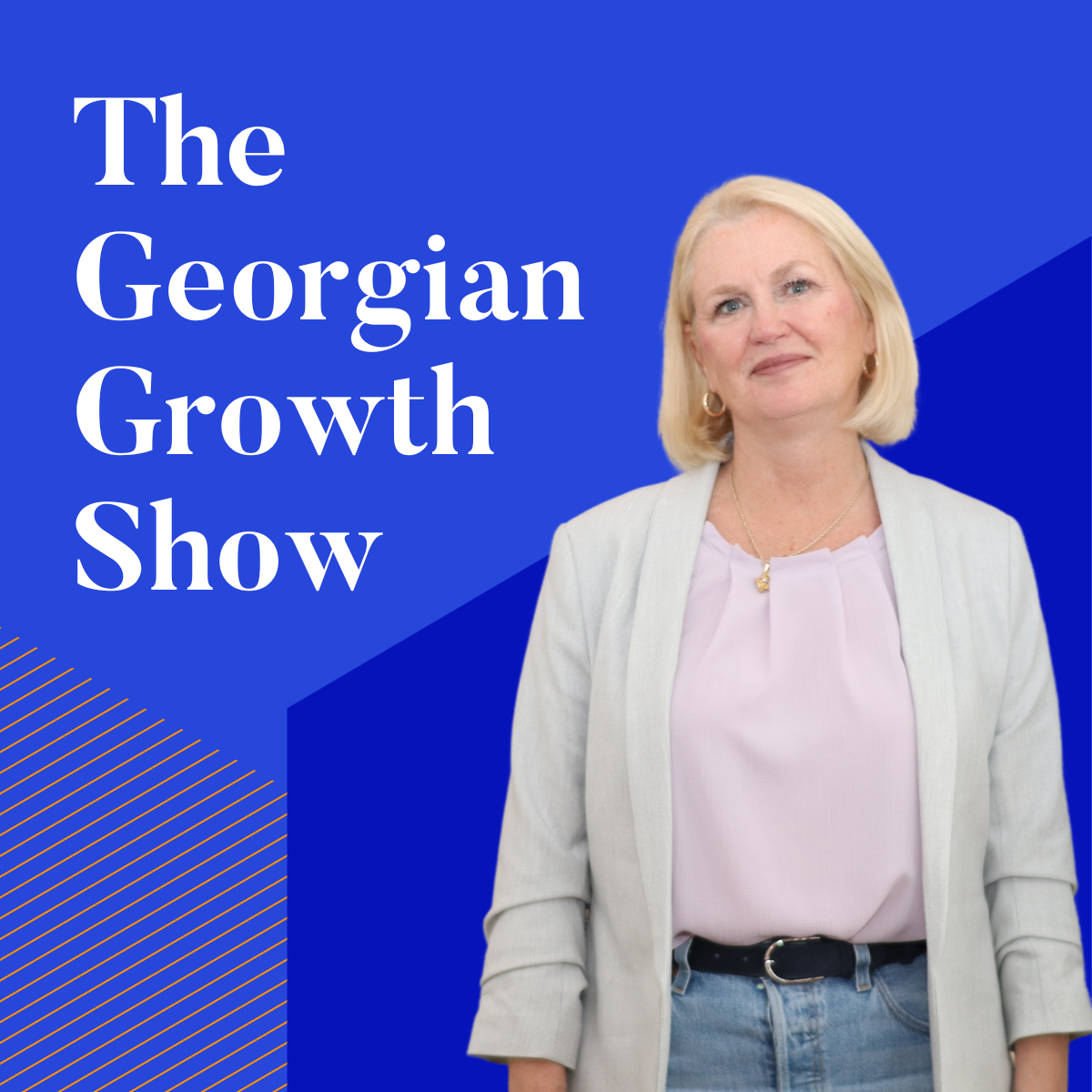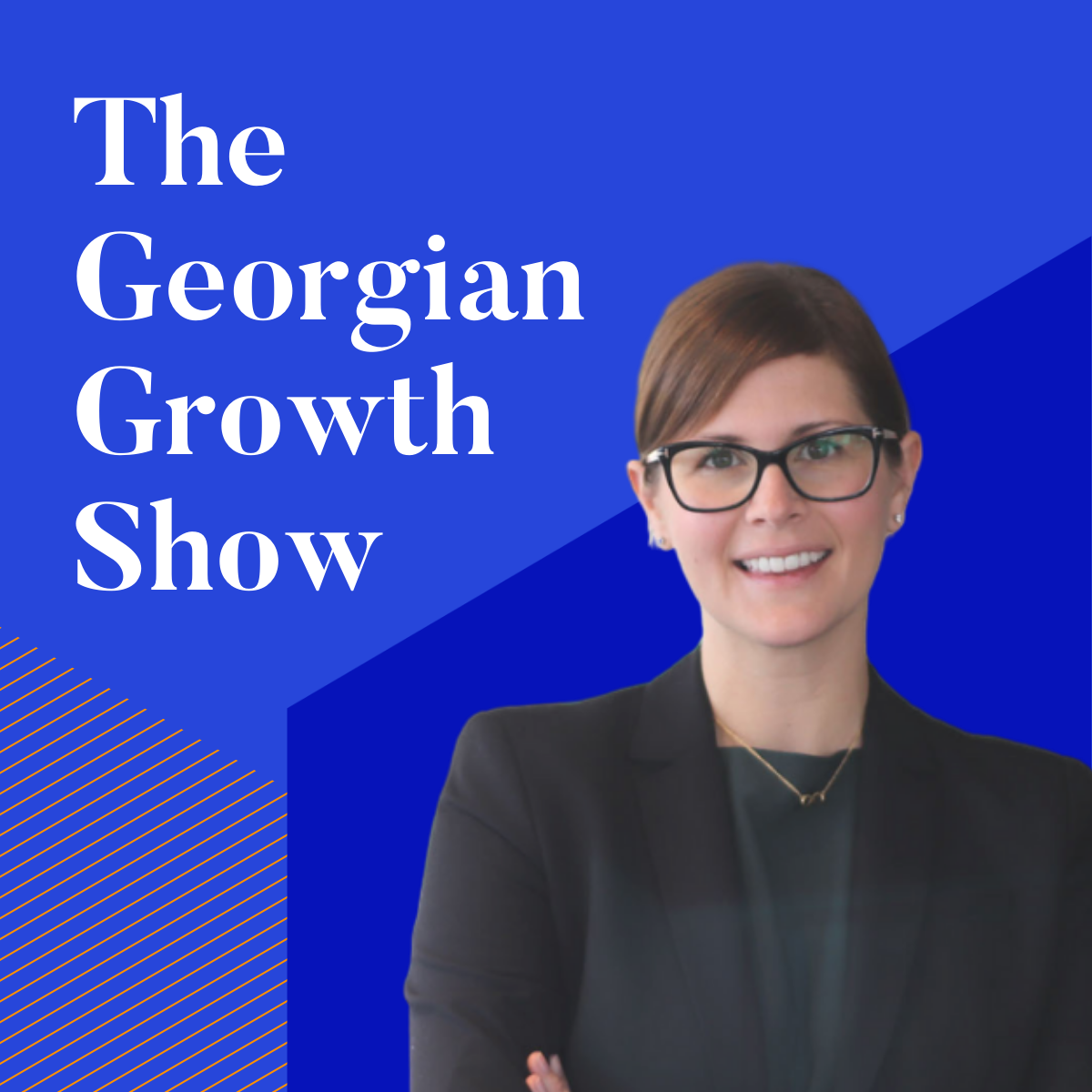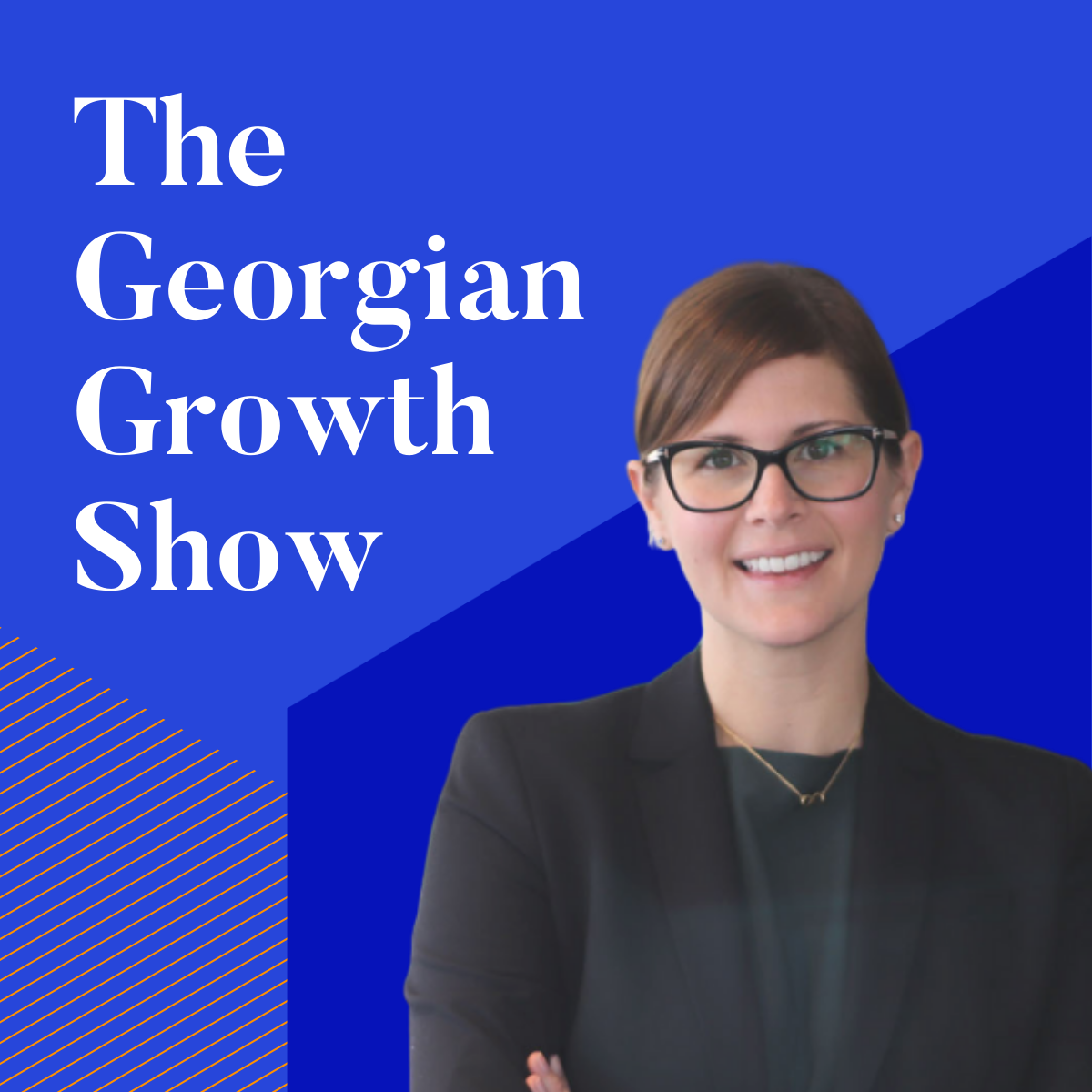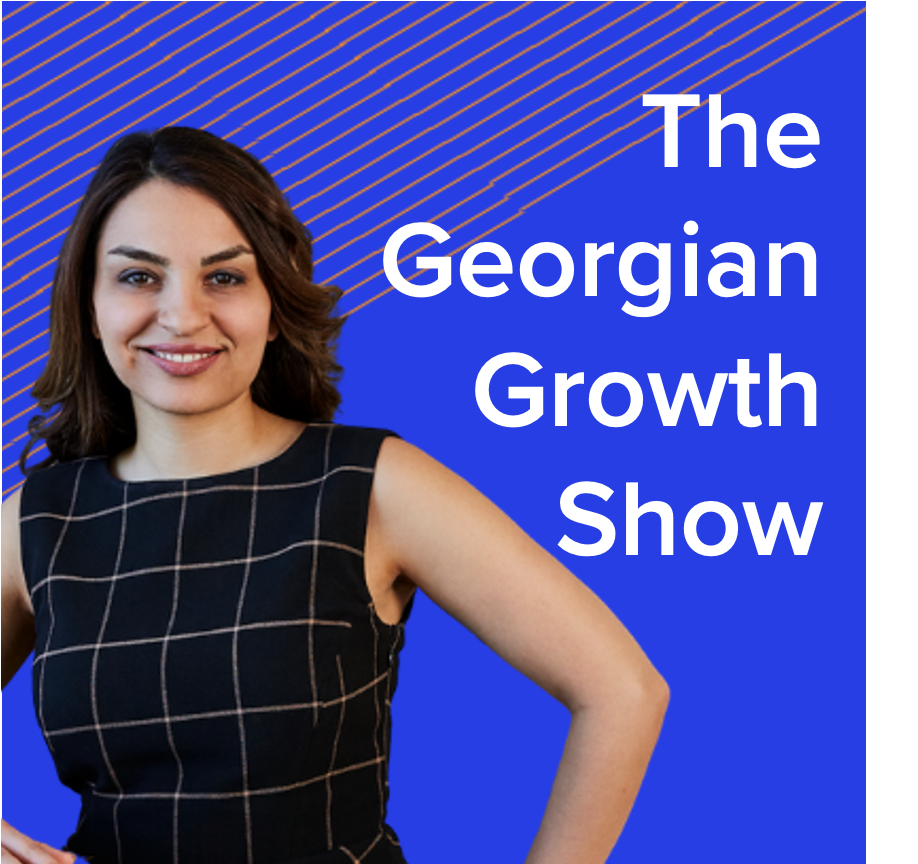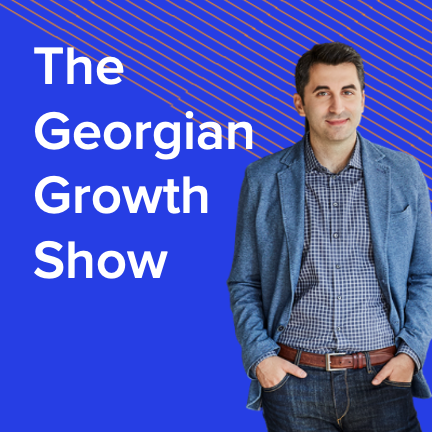Georgian's Peter Szary on Building Your Customer Journey
- 0.5
- 1
- 1.25
- 1.5
- 1.75
- 2
Jessica Galang: So, you finally hit your first 10 customers, raised a bunch of funding and are excited for the future. After all, it's looking like you're inching closer towards more product market fit, right? And then you start trying to map your customer journey and things become a little murkier." Who should I be hiring to help me hit my goals?"" What's the right way to visualize a customer journey?" And," How do I actually create a journey that ensures customers keep coming back?" Does this experience sound familiar? To really understand your customers, you need to understand how they interact with your product. Mapping why your customers buy their pain points and where you fit into that journey is so important for a go- to- market strategy. If you're feeling stuck on where to start, Peter Szary, Georgian's Head of Customer Success, will explain on his podcast. He's got decades of experience in this area as a VP of Customer Success at companies like Oracle, Click and Pluralsight. Peter is also a huge resource to our companies looking for some help in this area. I'm Jessica Galang, Georgian's Content Editor, and I'm here to sit with Peter for his top tips on building a customer journey. For companies that are working on their customer journey, what should they consider having in place to make their customer journey repeatable and are there any processes or systems that they should already have in place to work on?
Peter Szary: Everything starts with the product and why the company chose to build that product. And in making that decision, there was a problem or an opportunity that they were trying to solve or are trying to solve. And there's a determination that you begin to see along the way. Is the product beginning to solve that opportunity or problem and do we have our first 10 customers are we seeing that as something that's repeatable? So, second point would be about taking an honest assessment as to where you are in the stage of the company life cycle. Are we founder led? Is it product led? Are we thinking about sales and marketing led? Hiring folks in those area or is it customer led?
Jessica Galang: Later in this podcast, we'll get more into the difference between sales led, product led and founder led growth so our listers can determine which category they fall in. So, to recap, CEOs need to start with the product and ensure the buying journey with their first 10 customers is repeatable and then they'll determine whether they fall into the categories of product led, sales and marketing led or customer led growth. Is that right, Peter?
Peter Szary: Those first two pieces need to really be determined upfront ahead of looking at the customer journey and anything that's repeatable. The biggest challenge that I see for early stage companies is progressing from a white glove or resource based customer journey to a more balanced approach to your customer where the resources are aligned where they're needed most to where your technology drives the solution and opportunity but not necessarily through segmentation. The second area that I see as a challenge is trying to solve early retention issues with customers, with resources or customer success resources and not going back to the first two points that I mentioned. So, I think those are the things that need to be in place upfront.
Jessica Galang: I'd like to go back to that idea of moving from a white glove approach where you're helping every single customer with their own unique needs to one where you're using the resources you have more effectively. But before we do that, I want to close the loop on what happens after you assess what kind of company you are and whether your customer's journey is repeatable. At that point, would now be the time to hire your first sales rep or is there more to it? It's a big decision for companies to make if they're making the step for the first time.
Peter Szary: I think it can lead you there but it goes back to the stage that you're at, both with your customers and with your product first. And so, it's a real big decision to make as to when you start bringing more resources on for you to be able to grow and scale. So, I think everything here starts with a go- to- market approach or strategy and that strategy needs to fit in line with the stage your company's in. So, the three big takeaways that I always look for from best practice standpoint before we're looking at adding resources are first, are we selling to the right customers? Are we avoiding complexity away from the original problem or opportunity that we were solving for? We don't want to hire resources to support that because we've created complexity. We want to sell the right customers. The second is, product is your only scalable differentiator. So, do we have that in place and are we seeing that? And the third is customer success as a top down company wide commitment. If those three things are in place and those takeaways come from Dan Steinman and his research and leadership and the 10 walls of customer success. I think if those three things are in place and you have acknowledged the stage you're in, it's a good time to start thinking about when to hire your first sales or customer success rep.
Jessica Galang: We've added Dan Steinman's research in our show notes for our listeners who want to check it out. So, while companies are going through these exercises of mapping out how their company functions, what kind of opportunities would they be looking for to create sustainable growth and a smoother buying journey for their customers?
Peter Szary: With a follow up to the last question, I think they need to be looking at things outside of just the hiring plan. So, building sustainable growth for the company with scale. Both the product and community are going to need to be built to create that network effect and not just resources. And compliment to that, to be sustainable, a really good focus on retention expansion that is equally focused on and a commitment from the company as the growth side is on a top line for pipeline, forecast and sales commitment. So, putting an equal effort to both sides to ensure that you're acquiring growth but you're also retaining it and expanding in the future.
Jessica Galang: I'm sure throughout your experience, you've seen your fair share of hard lessons learned along the way to building a customer journey. Again, like the challenge you mentioned about companies having to transition from the white glove approach to one where you're using your resources more effectively like augmenting queries with tech where possible. You also talked about the danger of solving every retention issue with customers without first doing the work to understand whether your customer's buying journey is actually repeatable and understanding what kind of organization you are. Other than that, what are some pitfalls to avoid?
Peter Szary: So, the three biggest pitfalls that I see are using resources to solve complexity, not building for digital first is huge and lacking instrumentation and visibility into how your customers use your product or service. Those are the three things that I think, early on, if you get those right, you will save so much time and provide so much more opportunity in terms of the value that you can provide your customers after they purchase.
Jessica Galang: Okay. We talked about this idea of founder led, product led and customer led growth. Knowing the differences between each of them can help companies understand where they should be investing their time and how they should be tracking success.
Peter Szary: Absolutely. So, let's talk about the definitions generally first and acknowledge that there are probably thousands of interpretations of these growth designations. So, the way we'll talk about it for this discussion is founder led is where the founder or founders and the product team, they're critical to pretty much every customer sale. And if that's extending past your first 10, it looks like you're moving into another stage. Product led for this discussion is focused on acquisition and conversion via product marketing and building a strong top of funnel that converts efficiently, such as try and buy. Customer led is an emerging area where product and customer success are driving conversion and expansion versus the sales team. So, you have the CS team, not only focused on the post- sale process but they're getting engaged more on the front end, which is oftentimes called a sales assist function. And then sales led is your traditional top down software model that's carried over from on- premise and into SaaS and potentially could be extinct moving into Web3.
Jessica Galang: What about Web3 will have an effect on sales led growth?
Peter Szary: If you think about Web3, the community is your customer and developing that community. And ultimately, or even in the beginning, the customer is the expert in your product in how they're going to use it. And working in a decentralized environment, the expertise resides in those environments and that's the community. And I think that's the big difference that your customer is your expert in your product and you need to build your product that way.
Jessica Galang: Okay. And last question for me. What is one of your biggest go- to- market lessons learned that you would like startups to takeaway?
Peter Szary: Be articulate on the go- to- market strategy and get it on one page. So, if it can get on one page, it could be really clear and the details come on execution and that's the type of work that can follow. Keep it simple but make sure you're focused on why you started the company and who your customers are. Really know them intimately, everything that they're doing and everything they'd look to be doing such as where they see value from you. All the basic things but also at the same time, make sure that you can measure a consumption gap in your product. So, look at your sales and revenue growth, make sure it's not outpacing your adoption and your usage before you add more capability. So, common theme on complexity and capability. And then retention and expansion is a company wide commitment and it's not just a metric that you would measure the productivity of the CS team on. Those three things can really help you move forward very quickly from one stage to the next if you bring them and make them a company wide commitment.
Jessica Galang: Thanks a lot for sharing, Peter. For our listeners interested in diving deeper into these topics, Peter will be at our coLAB Connect event on optimizing the customer journey on April 12th. Thanks again for joining us, Peter.
DESCRIPTION
While securing your first customers and finding your product-market fit is a major milestone, building a customer journey can be challenging. There are questions about how to create a customer journey that’s repeatable and keep them coming back.
Peter Szary, Georgian’s Head of Customer Success, explains some key steps to know to build your customer journey. He references Dan Steinman’s 10 Laws of Customer success, which you can find here: https://www.cmswire.com/cms/customer-experience/10-laws-of-customer-success-pulseconf2015-029173.php
Listen in on this podcast where Peter will explain:
- Processes to make your customer journey repeatable
- Knowing when to hire
- Peter’s biggest lessons learned
- The differences between sales-led, product-led and founder-led growth
- Why sales-led growth could be threatened by Web3
Today's Host

Jon Prial
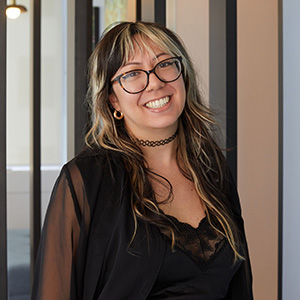
Jessica Galang
Today's Guests


